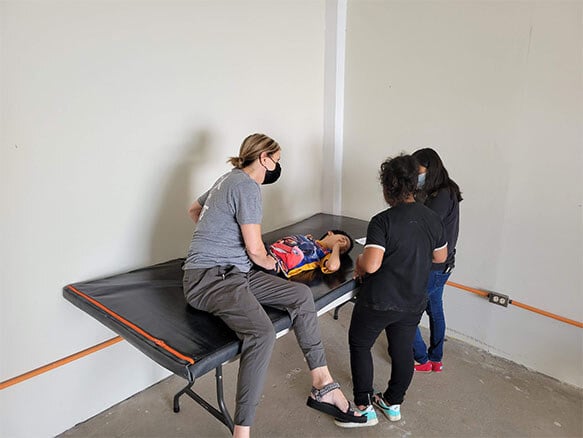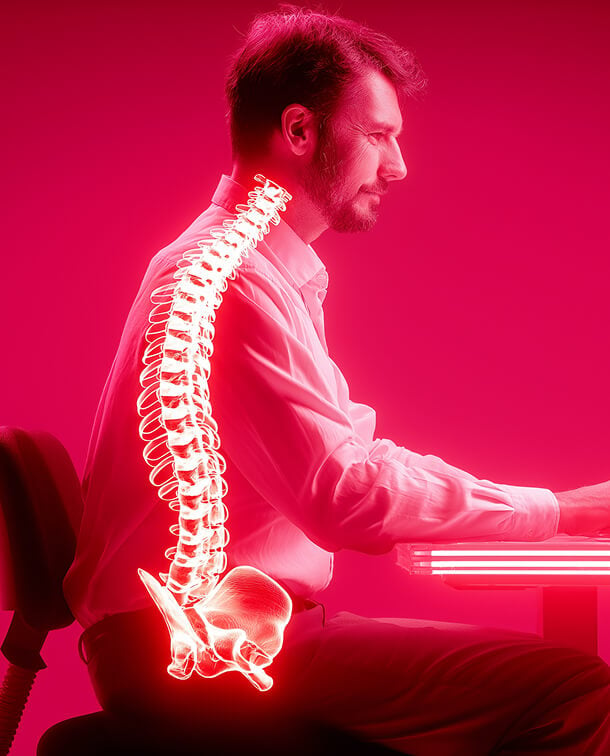Artificial intelligence (AI) is rapidly transforming almost every element of how we live our lives, and our professional lives are no exception.
Here are a few ways that artificial intelligence (AI) can be used to create more efficient and ergonomic work environments:
1 AI can be used to create an ideal environment by perfecting lighting and temperature in the workplace to create a more comfortable and healthier environment. For example, AI can be used to adjust lighting levels based on the time of day or to maintain a consistent temperature throughout the workspace.
2 AI can be used to monitor and analyze employee behavior and physical movements, providing insights into ways to improve ergonomics and reduce the risk of injury in the workplace. For example, AI can be used to track the amount of time employees spend sitting or standing, or to identify repetitive movements that may be causing strain on certain parts of the body. Reducing work-related injuries is beneficial for the employee and serves as a cost-saving technique for the employer overall.

3 AI can be used to automate certain tasks within normal limits, freeing up employees to do more creative or active work. For example, AI can be used to handle repetitive tasks, allowing humans to focus on tasks that require more critical thinking and problem-solving skills.
4 AI can be used to create interactive and engaging work environments, which may encourage employees to stand up and move around more. For example, AI can be used to create virtual reality training programs or interactive games that require physical movement.
Overall, the use of AI in the workplace has the potential to create more efficient, ergonomic, and engaging work environments that can benefit both employees and employers.
How would the above be implemented?
There are a few ways that the use of artificial intelligence (AI) can be implemented to create more efficient and ergonomic work environments:
1The first step in implementing AI in the workplace is to identify specific tasks or areas where AI could be beneficial. This may involve conducting a needs assessment or analysis to determine where AI could be used to improve efficiency, ergonomics, or other factors.
2Once the specific tasks or areas where AI could be beneficial have been identified, the next step is to develop a plan for implementing AI. This may involve researching and selecting specific AI technologies or solutions, as well as developing processes and protocols for using these technologies in the workplace.
3The implementation of AI in the workplace may also require changes to the physical work environment, such as the installation of sensors on the equipment that the employees use daily such as an office chair. It may also require training for employees on how to use the new technologies and how to optimize them to work effectively for the employee.
4After the implementation of AI in the workplace, it is important to monitor and evaluate its impact to ensure that it is having the desired effects. This may involve collecting data on the efficiency, ergonomics, and other factors that are being improved by implemented state of the art technology like an office chair that reduces workplace injuries.
Overall, the implementation of AI in the workplace requires careful planning, research, and evaluation to ensure that it is effective and beneficial for both employees and employers.

If you are looking to have the most advanced workplace, look no further than Anthros.
Anthros is the only chair in the world that is guaranteed to improve posture or your money back. The science-backed, patented design is registered with the FDA as a posture-improving chair and is proven to have the lowest pressure (most comfortable) cushion on the planet (verified by university testing).
Take the next step to reducing pain, increasing comfort, and maximizing performance!
Recent Post

Four Lessons About Seating Everyone Can Learn from Wheelchair Users
September 18, 2025Working with wheelchair users has been an...

People Over Profits: Why Anthros Puts Comfort and Care First
September 17, 2025At Anthros, our mission is simple: to put people...










